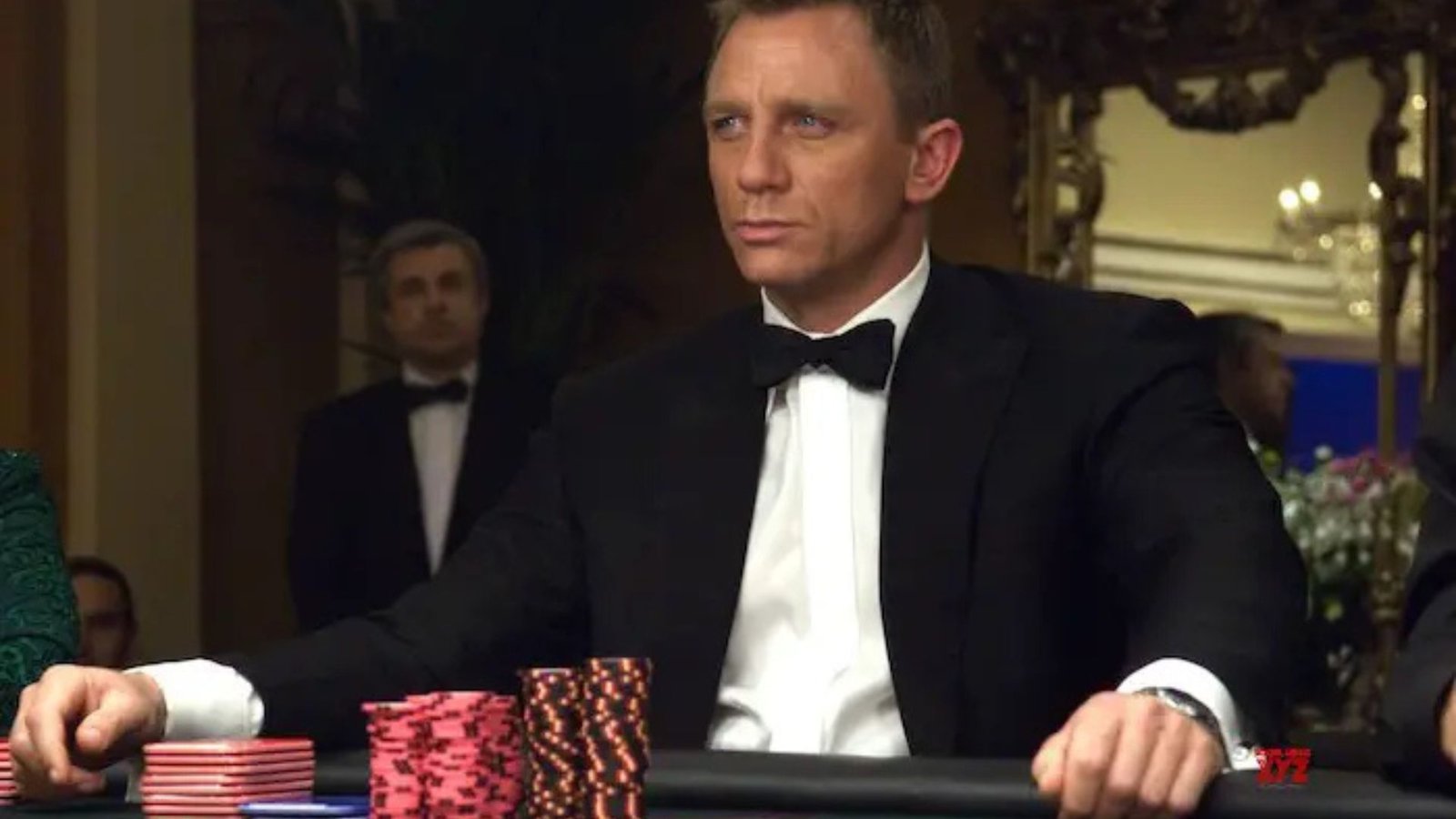Some movies come and go, while others stand the test of time, gaining a dedicated following long after their initial release. These films are known as cult classics. But what makes a movie a cult classic? Is it simply the storyline, or is there something deeper that resonates with audiences? In this post, we’ll explore the unique qualities that define cult classic movies and why they continue to capture the hearts of viewers.

Cult Classic Movies: A Unique Appeal
A cult classic isn’t just a popular film; it’s one that has developed a loyal, often niche, fanbase. These films are typically appreciated for their unconventional storytelling, memorable characters, or distinct visual style. Unlike mainstream blockbusters, cult classics often fly under the radar during their initial release but slowly gather a dedicated following through word-of-mouth or home media.
What makes a cult classic so special is its ability to transcend traditional movie-watching norms. The appeal of these films lies in their uniqueness, whether it’s quirky dialogue, eccentric characters, or unconventional plots. These movies may not have been universally loved when they first debuted, but over time, they’ve found a passionate group of fans who appreciate their charm and individuality.
Cult Classics Often Have a Distinctive Tone
Many cult classic movies are characterized by a unique tone that sets them apart from other films. These movies might blend genres, use humor in unexpected ways, or tackle controversial subjects. Films like The Rocky Horror Picture Show (1975) and Pulp Fiction (1994) have an unmistakable tone that resonates with audiences. These movies don’t fit neatly into a single category, which is part of their charm.
For example, The Big Lebowski (1998) is a perfect example of a cult film with an eccentric tone. The film’s absurdity, combined with its dry humor, bizarre characters, and philosophical undertones, has made it a beloved favorite. The tone creates an experience that’s unlike any other, which keeps viewers coming back for more.
Memorable Characters and Iconic Dialogue
A defining feature of cult classic movies is their memorable characters. These films often feature individuals that don’t follow traditional heroic archetypes but instead offer something unique. Take Fight Club (1999) or Donnie Darko (2001), where the protagonists are flawed, complex, and relatable, despite their unconventional behavior.
In addition to characters, cult films are known for their iconic dialogue. These lines, often repeated by fans, become part of pop culture. Who hasn’t heard someone quote “Here’s looking at you, kid” from Casablanca (1942) or “What’s in the box?” from Se7en (1995)? In cult classics, the dialogue is sharp, witty, and unforgettable, contributing to the film’s lasting impact.
Cult Classic Movies Often Challenge Norms
Another reason a film might become a cult classic is its ability to challenge societal or cinematic norms. Many cult classics tackle taboo subjects, break traditional storytelling structures, or experiment with film techniques. These elements may not be appreciated by mainstream audiences initially, but they resonate with those who appreciate creativity and subversion of expectations.
Movies like A Clockwork Orange (1971) or Requiem for a Dream (2000) push boundaries, often sparking controversy. Yet, these films have built a loyal fan base precisely because they don’t conform to mainstream sensibilities. Their ability to challenge norms and spark discussion keeps them relevant long after their release.
The Power of Repetition and Word-of-Mouth
What often turns a film into a cult classic is the power of repetition and word-of-mouth. Many of these movies find new life through home video releases, streaming platforms, or late-night showings. Fans who initially saw the film in theaters may share their love for it with friends, and soon, a small following grows into a larger movement.
The Rocky Horror Picture Show is a prime example. Initially, it was a box-office failure, but over the years, it developed a loyal fanbase. People began attending midnight screenings, where they would dress up as characters and interact with the movie. This tradition created a sense of community around the film, cementing its place as a cultural phenomenon.
Conclusion: The Timeless Nature of Cult Classics
In conclusion, cult classic movies stand out for their distinctive qualities—unconventional storytelling, memorable characters, unique tones, and the ability to challenge norms. These films may not have been box-office hits when they were first released, but they found a lasting place in the hearts of viewers. Their appeal grows over time, fueled by word-of-mouth, home viewing, and repeat viewings. Cult classics continue to shape and influence cinema, ensuring their place in film history for generations to come.











